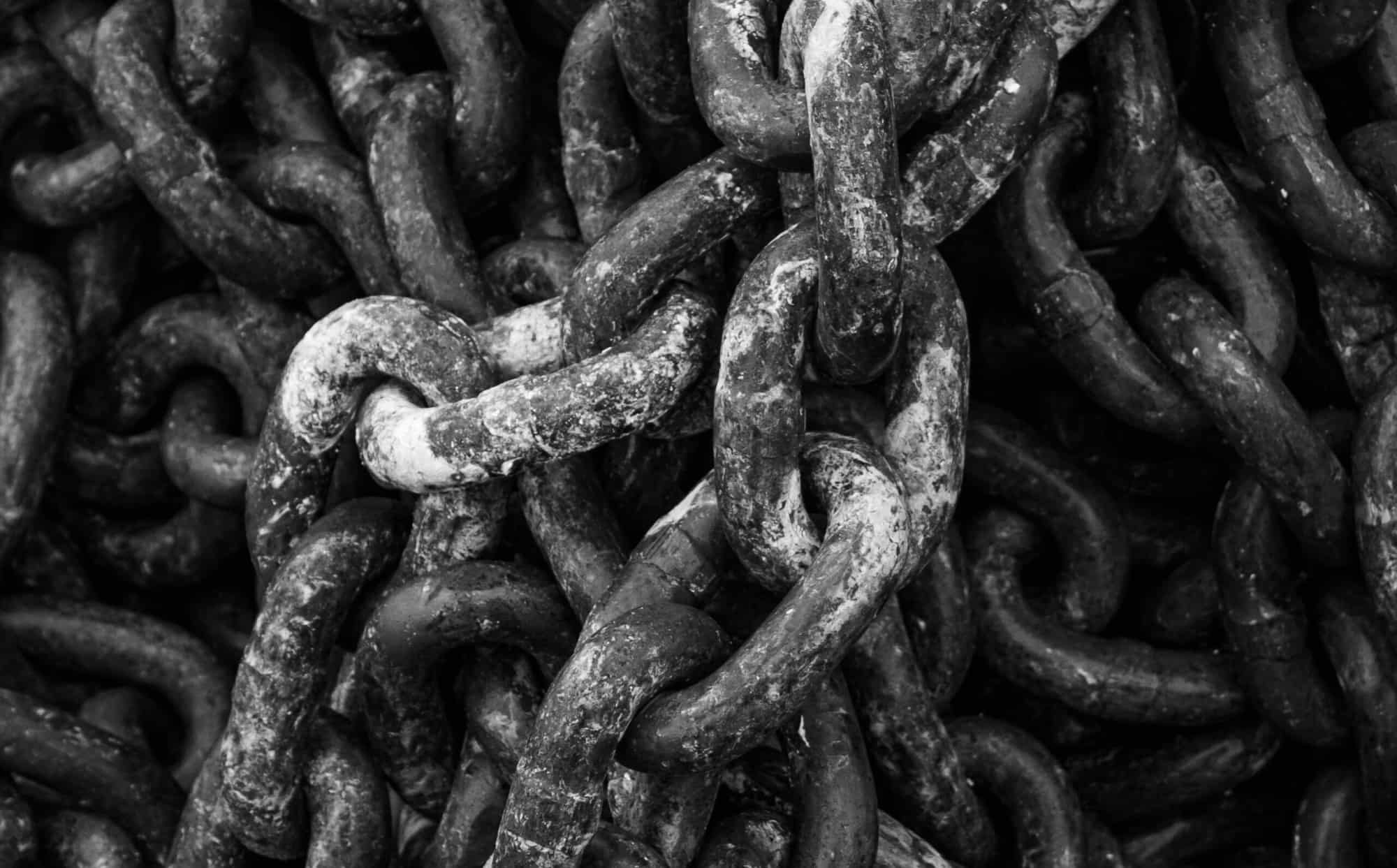The modern age has ushered in the website as the online fingerprint for businesses. They are a very useful tool for business owners, freelancers, and sole traders, no matter whether the service is online or otherwise. Like with other parts of your business, there are proprietary interests at play. Protecting these interests is key to stability and security in your business ventures. Keeping websites protected by copyright is a useful way of preserving those proprietary rights. Generally speaking, copyright is formed the moment something is created. However, the way this applies to websites is slightly different. We have listed when and how copyright applies to websites for you below. In addition, listed is a number of additional steps you may take to protect this intellectual property from wrongful use.
Protected components
Websites as a whole are not protected by copyright per se. However, each individual part of the website is subject to copyright protection. Websites contain many elements. The following things would all constitute elements of a website subject to copyright protection:
- Videos or animation, with or without sound
- Audio content, music, voice, ambient sounds or anything recorded
- Images, whatever the format, GIF, PNG, JPEG or otherwise
- Literary content like blogs, posts, editorial, and advertorial
- Artworks, drawings, graphic art
- Designs, schematic drawings, blueprints, patented concepts
- Tables of words or schemes
- Logos, watermarks, some colour schemes and branding
- The coding and structure of the website
Ways to increase protection
Despite the fact that copyright exists the moment something is created, there are some further precautions you can take to help protect your interests. Whilst these steps may not provide complete protection on their own, when used together, they can help your cause. This can include the following:
- Watermark attribution on images and video content that prevents people from wrongful use, even if the content is used wrongfully, at least then it is attributed to you or your brand
- Signage that illustrates to users of the website that the content is protected
- Utilise login technology to create a members space for the website that limits access to content for non members
- Implement payment structures and limited disclosure to non-paying patrons or those without a membership
- Trademark any logos or branding of your business or website
- Patent any schematic or inventive content you have on the website
- Use source encryption to prevent people from lifting the framework of the website
- Website terms and conditions
- In addition, the Australian Government Intellectual Property website contains guidelines on this. Reading about these laws will improve your knowledge. The more you know, the better equipped you will be
Website developer agreement
Not all of us are web developers. Accordingly, it is likely that this task will be outsourced to someone who is. It is really important that you are aware of the terms of development. Working out who owns the copyright upon completion of the elements of the website needs to be done in advance. Therefore, a contractor agreement or individual work contract is useful for this. If you are unsure about how best to approach this, it may be wise to seek the advice of a contract lawyer.
As you can see, copyright protects websites, albeit as individual parts. Each website is different. Therefore, the foregoing information is important for you to consider if you are in the process of formulating a website. Making sure you protect your online interests is integral to the success of your business. Accordingly, if you are unsure about your situation, it may be worth consulting a copyright or IT lawyer for advice.






